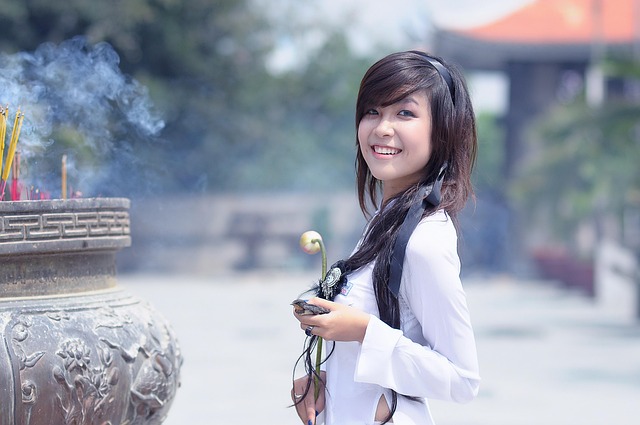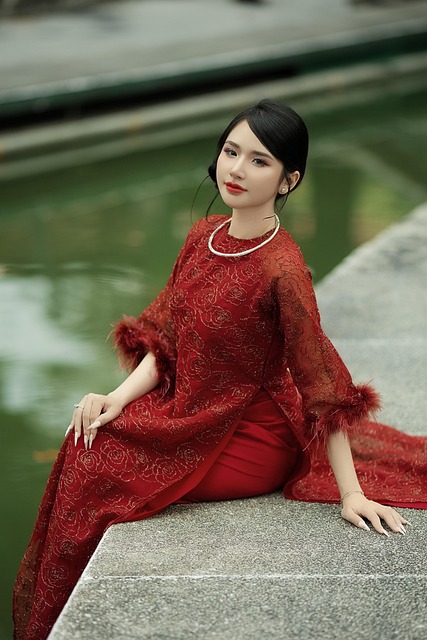Let’s start with Japan, where gratitude often comes wrapped in layers of politeness. A simple “arigato” isn’t just a quick thank you; it’s colored with nuances, reflecting respect and social hierarchy. Bowing when expressing thanks is like adding a cherry on top — it shows not just gratitude but a deep understanding of relationships.
Now, flip the globe to Latin America, where expressions of gratitude can be loud and colorful. Here, it’s all about heartfelt hugs and warm smiles. When someone says “gracias,” they often throw in a passionate embrace or a friendly pat on the back, turning a simple thank you into a full-blown celebration of connection. It’s as if every thank you is a little festival, bursting with energy!
Over in many Middle Eastern cultures, gratitude is often expressed through hospitality. It’s common for someone to invite you into their home and, before you know it, you’re sharing a meal that’s as much a thank you as it is a feast. It’s like saying “I appreciate you” through the layers of delicious food and shared moments.
Ever heard of the ‘thank you’ notes in the West? While it’s classic and formal, it can feel a bit stiff sometimes. Written gratitude is like sending a message in a bottle; it travels but can lose some warmth along the way. But then again, when you pour your heart into words, it can resonate deeply, just like a well-timed joke.
Beyond ‘Thank You’: Exploring Uncommon Expressions of Gratitude Around the World
In Japan, for instance, the phrase “sumimasen” doesn’t just mean “excuse me”; it carries a weight of appreciation. It’s like saying, “I’m sorry for the trouble, but I really appreciate you.” How cool is that? It’s less about the words and more about the sentiment that shapes the interaction.
Then there’s in Hawaii, where the word “mahalo” flows like warm ocean waves, enveloping you in kindness. It’s not just a casual thank you; it’s a heartfelt acknowledgment of someone’s effort, making you feel like you’re part of a big, loving ‘ohana, or family.

Have you ever heard about the Turkish expression “teşekkür ederim”? When you say this, you’re not just thanking someone; you’re inviting them into a warm, communal atmosphere. It’s like holding out your hand and making a connection that goes beyond mere politeness.
So, the next time you think about expressing gratitude, remember: there’s an entire universe of ways to say it. Isn’t it amazing how something so simple can tie us all together, transcending language and cultural barriers?
Cultural Ties That Bind: Unique Ways Different Societies Show Appreciation
Now, let’s hop over to Brazil, where appreciation bursts forth in the rhythm of samba. Their vibrant festivals aren’t just parties; they’re celebrations of life, love, and community. When people dance together, they’re not just having fun; they’re expressing gratitude for each other and the culture they share, almost like the heartbeat of the nation spilling into the streets.
In many African cultures, communal meals are a big deal. Picture this: friends and family gathering around a huge platter of food, sharing stories and laughter. It’s more than just eating; it’s a profound way to show appreciation for both the meal and the company. Each scoop of food is a nod to tradition, illustrating how food can be a binding force in communities, much like glue holding us all together.
Then, there’s the Middle Eastern custom of offering coffee or tea to guests, a gesture that’s steeped in hospitality and appreciation. When you invite someone to share a warm drink, it’s akin to saying, “You’re important to me; let’s share a moment.” It’s a delightful dance of social connection that transcends words.
Isn’t it amazing how these cultural expressions of appreciation can vary so widely yet foster a sense of unity among us? Each tradition, with its unique nuances, reminds us that no matter where we come from, the heart of gratitude shared across cultures is a universal language.
From Gifts to Gestures: A Global Journey into the Heart of Gratitude
From small tokens to grand gestures, every gift tells a story. In Japan, for instance, the tradition of “omiyage” turns a simple souvenir into a heartfelt symbol of appreciation. It’s not merely about the gift; it’s the thought, the intention behind it that counts. How cool is that? Gifts can be like little bridges connecting our hearts, letting someone know they matter, whether through a handwritten note or a carefully curated basket of goodies.
Now, think about India, where the festival of Diwali lights up the streets. Here, the act of giving isn’t contained to just friends and family; it extends to the community. People exchange sweets and gifts as a way of saying, “Hey, I’m grateful for you.” It’s an explosion of joy, akin to fireworks illuminating the night sky.
Then there’s the tradition of “Thanksgiving” in the United States, where gathering around a table loaded with food symbolizes gratitude for the bounty of life. It’s a time when people come together, sharing not just a meal but laughter, stories, and appreciation.
So, next time you think about gratitude, remember it’s about those gestures, big and small. Whether it’s a simple “thank you” or a beautifully wrapped present, every act carries a piece of our hearts, stitching us closer together in this vast tapestry of life.
The Language of Thanks: How Different Cultures Articulate Their Appreciation
Now, flip to a place like Spain, where you might hear “gracias.” This word feels effusive, as if you’re embracing someone warmly, almost inviting them into your space of appreciation. It’s not just a word—it’s an experience. Each culture has its own linguistic flair that can surprise and delight us.

In parts of the Middle East, expressions of gratitude can also be deeply tied to hospitality. Saying “shukran” in Arabic doesn’t just acknowledge a favor; it opens the door to a deeper connection, almost as if two souls share a moment of warmth in a sometimes turbulent world.
So, whether it’s the subtlety of a nod or a full-on celebration of thanks, the language of gratitude spans continents and cultures, each bearing its unique flavor. Isn’t it fascinating how a simple “thank you” can take on so many forms? It’s one of those beautiful reminders that despite differences in language, the essence of gratitude unites us all.
More Than Words: The Rituals and Traditions of Gratitude in Diverse Cultures
In contrast, let’s hop over to Mexico, where the Day of the Dead isn’t just about remembering loved ones; it’s a vibrant celebration of life and gratitude. Families create colorful altars filled with food, photos, and flowers, inviting spirits to join the festivities. Can you picture the scents of tamales, the sounds of laughter, and the sight of marigolds? It’s a heartfelt way of saying, “Thank you for being part of our lives.”
And then there’s the African tradition of Ubuntu, which stresses interconnectedness. Here, gratitude isn’t just personal; it’s a communal heartbeat. Think of it as a web where each person’s well-being affects the whole. Saying “thank you” is woven into the fabric of daily life, creating strong bonds between individuals and communities.


![How Do Different Cultures Celebrate New Year [Global Guide]? How Do Different Cultures Celebrate New Year [Global Guide]?](https://travel-tips.net/wp-content/uploads/2025/09/how-do-different-cultures-celebrate-new-year-global-guide-1758919069304-450x255.png)

![What Makes Japanese Tea Ceremony So Significant [Cultural Guide]? What Makes Japanese Tea Ceremony So Significant [Cultural Guide]?](https://travel-tips.net/wp-content/uploads/2025/09/what-makes-japanese-tea-ceremony-so-significant-cultural-guide-1758919144390-427x255.jpeg)